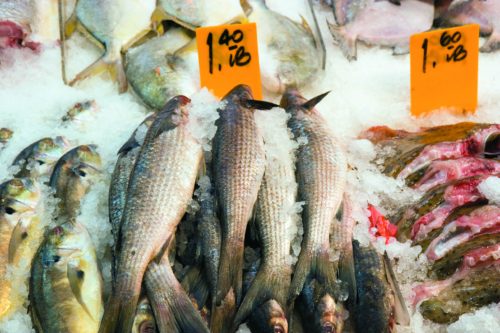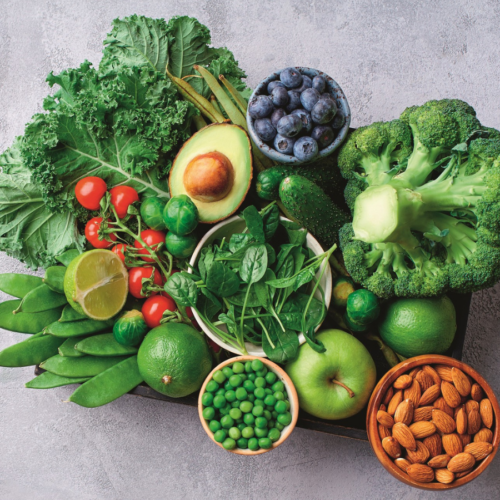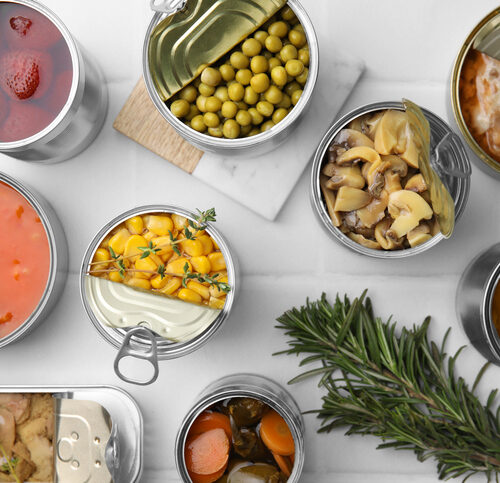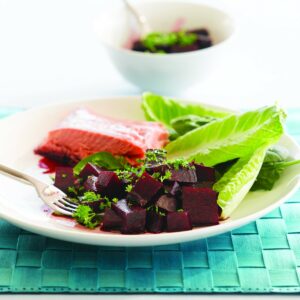
Fish is healthy, tasty and easy to cook. Here's how to choose the right fish for you.
Does the thought of transporting fish home make you bypass the seafood counter at the supermarket? Do you think you should eat more fish but don't know where to start?
You're not alone. Studies show we all know eating fish helps provide our body with nutrients and keep it in great shape, yet many of us still don't know where to start, what to buy or how to cook fish. We think it's too expensive and only has a short shelf-life, so we relegate fish to the 'too hard' basket instead of the shopping trolley.
The cold hard facts
There really aren't too many tricks to fish. It's easy to prepare, quick to cook, and needs very few culinary additions to create a tasty meal.
Fish does have a short shelf- life though and needs proper storing if you are not going to eat it on the same day you purchase it.
As with all fresh produce, seasonality determines the price of fish. Most fish are cheaper during the colder months, however many fish varieties are readily available throughout the year.
At the shops
Buyer's guides usually advise you to look for fish with a pleasant sea smell. But you don't normally get to touch or smell the fish until you get home, so here are some more practical tips:
- Shop at a fish monger you can trust – one that's always busy and doesn't have excessive amounts of produce piled up on ice in the window.
- Ask heaps of questions such as, "Is the fish fresh today?" and don't be afraid to ask them to let you look closely at the fish before you buy it.
- Look for signs of freshness:
White-fleshed fish should look semi-transparent, not creamy.
Darker fish should look glossy and shiny.
Flesh shouldn't have any dark or discoloured patches.
Eyes should be clear, have a black pupil and bulge a little.
Going home
Once you have chosen your fish, you want to keep it cool while being transported and get it home as quickly as possible. Put a chilly bin or bag with a few frozen ice packs in the car and place the fish in it as soon as you can. This is essential on hotter days but a good idea any time.
If you are not planning to eat the fish on the day you buy it, assuming you bought fresh fish, the following storage tips should keep it fresh for up to four days:
- Wrap the fish in plastic wrap.
- Put a layer of ice on the base of a container.
- Put the wrapped fish on top and then cover with more ice.
- Store the container in the coolest part of the fridge, which is usually down near the vegetable crisper drawer.
- Replace the ice as it melts. Note: For every hour that fish is unrefrigerated, deduct one day of shelf-life.
Choosing sustainable fish
Fisheries Minister Jim Anderton says, "Most New Zealand fisheries are sustainable, and in the case of the few that are below sustainable levels the Government is taking action to address the falling stocks. Consumers can have confidence when they are buying New Zealand seafood."
New Zealand seafood is caught according to a quota management system that is owned and managed by Government. This sets limits on the amount of fish allowed to be caught for each species. Our system is acknowledged as one of the best management systems in the world; catches are monitored so that sustainability issues can be identified. Quotas are adjusted from time to time by the Ministry, as recently happened with Hoki and Orange Roughy. Recently 30% of New Zealand's Exclusive Economic Zone was closed to bottom fishing in a Government partnership with the fishing industry.
Our advice:
- Stick to local New Zealand seafood and you can be reasonably sure it's been caught sustainably.
- Ask your fishmonger if you're not sure of the origins.
- Farmed seafood such as mussels and king salmon are also sustainable choices.
www.healthyfood.com










